Sicily is more than a small island in the south of Italy. It’s a hub for historical events, gorgeous architecture, delicious food, beautiful beaches, and an atmosphere of nonchalance that envelops you head to toe. This is why so many people want to visit Sicily.
- Mount Etna
- How to Get to Etna
- Ascending Etna
- The Price for Ascending Etna in a Group
- The Price for Ascending Etna with a Private Guide
- Our Extreme Ascent of Etna
Mount Etna
One of the main attractions of Sicily is the highest active volcano in Europe, Etna, 3350 metres high. It is a constant source of concern for the nearest areas and countries. Its eruption can paralyse air traffic above Italy and has done so many times already. The volcano can also destroy what people have built for years: farms, vineyards, etc. It can even erase whole villages from the face of the earth. It’s unique because, during an eruption, it throws out everything contained in its bowels (lava, gas pillars, ash), and provokes powerful tremors. Etna is situated on the meeting point of two tectonic plates – the African and the Eurasian. Their constant motion prevents the volcano from “sleeping” and stimulates the activity of other Italian volcanoes: Stromboli, Vesuvius, and Vulcano.
This powerful stratovolcano is over 500 thousand years old. Scientists have calculated that Etna erupted over 200 times throughout its existence. Since 1226, all the volcano’s activities are being documented. Eruptions happen in a new place each time because there are over 200 craters on its surface. This makes it impossible to foresee where the lava will come from next time.
Due to the constant volcanic activity, the soil around Etna consists of lava, ash, and other mineral components that foster crop capacity. This is why there are so many vineyards on its slopes. Because the composition of the soil changes every 100 years, the taste of the grapes is always different and varied. They are highly valued in the whole world for that reason.
How to Get to Etna
The simplest way is to get a flight to Catania–Fontanarossa Airport that is pretty close to Etna (around 50 kilometres). If you decide to fly to Palermo, you’ll have a long way to the volcano ahead of you, approximately 300 kilometres. It’s best to rent a car and take a ride around the surroundings of Etna to see the famous vineyards and marvel at the people living at the height of over 2500 metres, as well as the rapidly changing weather.
If you can’t rent a car, any hotel will gladly offer you a one-day tour to the foot of the volcano. The price will depend on the distance to Etna and the travel season.
Ascending Etna
If you decide to get to the very peak of the volcano, you need to properly prepare and follow the basic rules:
Firstly, remember that Etna has ascent seasons. In winter, the path to the peak is usually closed. Even if it seems like Sicily has no seasons other than summer, consider that the temperature at the height of the volcano is entirely different than on the coast. Snowstorms, strong wind, and downpours are very common in winter. Even the lift can be closed due to weather.
Secondly, never ascend the volcano without an experienced and certified guide. Many people think they can make it to the top on their own, but do not overestimate your abilities. You can go without a guide, but it’s hazardous, especially considering the constant activity of the volcano. A thunderstorm can start at any moment, or a column of the poisonous sulphur dioxide can be released in the air. Or you can just get lost in a mist. Also, the employees of the Etna National Park will turn you around if they see you going up without a guide.
The Price for Ascending Etna in a Group
The price of a group tour to the peak with a professional guide is 80 euros per person. Groups consist of up to 20 people, and the price includes the ascent and descent on a ropeway to the height of 2300 metres. From there to the height of 2900 metres you can take a ride on a big all-terrain bus for 8 euros per person. You’ll have to walk from the height of 2900 metres to the peak. It is from that point on that you’ll need a guide. You can get up to that height on your own.
If you’re not that interested in going all the way up, you can save some money by walking to the 2900 metres height. Depending on your speed, it will take you about 6 hours to ascend and descend the mountain.
The Price for Ascending Etna with a Private Guide
We were offered a private guide with a 100% guarantee that we’ll get to the peak. This was the most important aspect to us since the ascent was the main reason why we came to Sicily. So, after some consideration, we decided to go without a group. A private guide cost us 300 euros for two persons, including ropeway tickets. Not many companies at the foot of Etna offered this service. Our attempts at haggling with the Italians failed, so we could only agree to their conditions.
Our Extreme Ascent of Etna
Even though we came to Sicily at the end of June, the weather near the volcano was horrible. There was heavy rain that wouldn’t end for days. Going up the mountain in such weather is forbidden due to the risk of being struck by lightning. According to the weather reports, the only time more or less suitable for the ascent was only in 5 days. Good thing we came to ask about climbing the mountain on the very first day we came to Sicily.
We agreed upon the time and date on which we had to be at the foot of the volcano for our ascent. Our guide was a man about 50 years old, but pretty athletic looking. He was a volcanologist with over 25 years of experience. He worked at different places, but all of them were connected to volcanoes. He knew everything about them and often pointed at craters as we walked, naming the exact dates of their eruptions. It’s impossible to memorise all those dates if you don’t deal with the topic on a daily basis. A group of 20 people (that we decided not to join) was to set out later on the same day. Our guide insisted we start early because the weather on the volcano changes rapidly and, according to him, we needed to get to the peak before lunchtime. The risk of an eruption was pretty high at the moment. The alarm flag was between red and yellow, meaning lava could start flowing at any moment. If the flag were red, no one would be allowed to the top, and the ropeway would be closed.
The road up wasn’t very hard, but, due to many eruptions covering the paths, we had to walk on lava, which slowed us down. In 1.5 hour after we set out our guide told us the weather is changing and we need to go faster. He would then constantly hurry us, not giving a minute to rest. His conclusion about the weather was based on experience, and, sure enough, in a few hours, I noticed a storm cloud moving in our direction. Getting caught in a thunderstorm on a mountain peak meant a high risk of being struck by lightning. When we came to the largest crater, an incredible sight appeared before us. Right in front of us, the white sulphur dioxide gas came out from the bowels of the earth. While that didn’t signify an eruption, it did indicate that the volcano was highly active. We stood there for a little while before making a circle around the crater. It was imperative that we followed in each other’s tracks because the soil was very unstable, and we had to be very careful about where we step.
As we walked on, the gas pillar was getting closer and, due to the changing weather, was no longer going straight up, but dispersing in different directions. As we made it through 3/4 of the crater, a thick cloud of the gas covered us, and it felt as if the time stopped at that moment. Sulphur dioxide is poisonous and very dangerous in large amounts. It can paralyse respiratory tracts and even cause death. Visibility was terrible, leading to complete disorientation. Breathing was very painful, and I began to panic. In a split second, I started to call the guide for help. I couldn’t move on my own, my legs failed. The guide understood the situation immediately. He caught and dragged me through the cloud. We were moving pretty fast, so it’s hard to say how much distance we covered. My husband was going behind us, trying to keep pace, but lost his bearings as well and called for help. The guide ordered me to stay put and dove into the thick cloud to help my husband. And then we all continued to run… After a while, we managed to escape that nightmare. Tears were running down my face from tension and fear. This wasn’t how I imagined our ascent of Etna. After we came down from the top a little, our guide lighted up a cigarette, meaning he was a little shaken as well. I sat on the ground, feeling the warmth of the volcano. Each one of us was digesting the experience in silence. Only one thought was running through my head: “What would happen if we went to the peak by ourselves?”, but I didn’t want to answer that question.
As we started our descent, we saw the group that we were initially going to join in the distance. Our guide said they wouldn’t get to the top. The weather had already gotten worse, and rain was going to start at any moment. On our way down, we dissuaded all travellers that decided to save some money and climb the mountain without professional guidance.
After we came down, right before saying our farewells, the guide suggested we get a glass of warm milk at a café to deal with the gas in our lungs. My hands were still shaking, but now I fully understood why it is forbidden to ascend Etna without a guide.
Everyone can draw their own conclusions. I only described what happened to us. I’ve never seen similar events described in any reports. Some people wrote that their ascent went smoothly, while others couldn’t climb the mountain due to weather. By the way, I asked our guide whether there are cases of death when climbing Etna, and he only vaguely replied that it happens. I couldn’t get any more details out of him.
Everybody chooses their own path to the top, just like in life. We had three options, and I think we went with the best one. The main lesson I gathered from the experience: never neglect safety or be stingy about it when it comes to an active volcano, or you can pay dearly. I hope you’ve found this article useful. See you at the top!

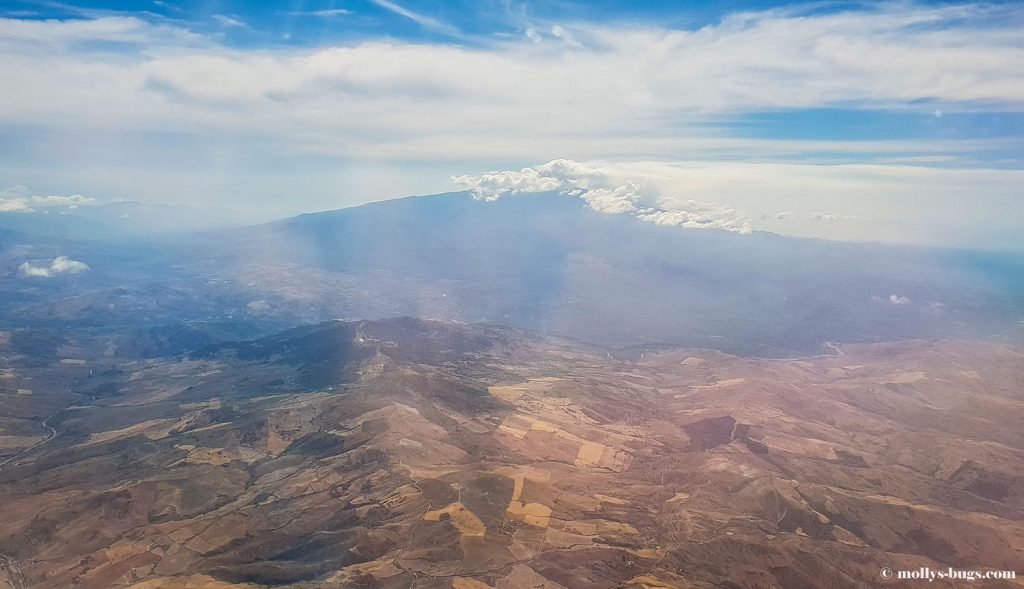
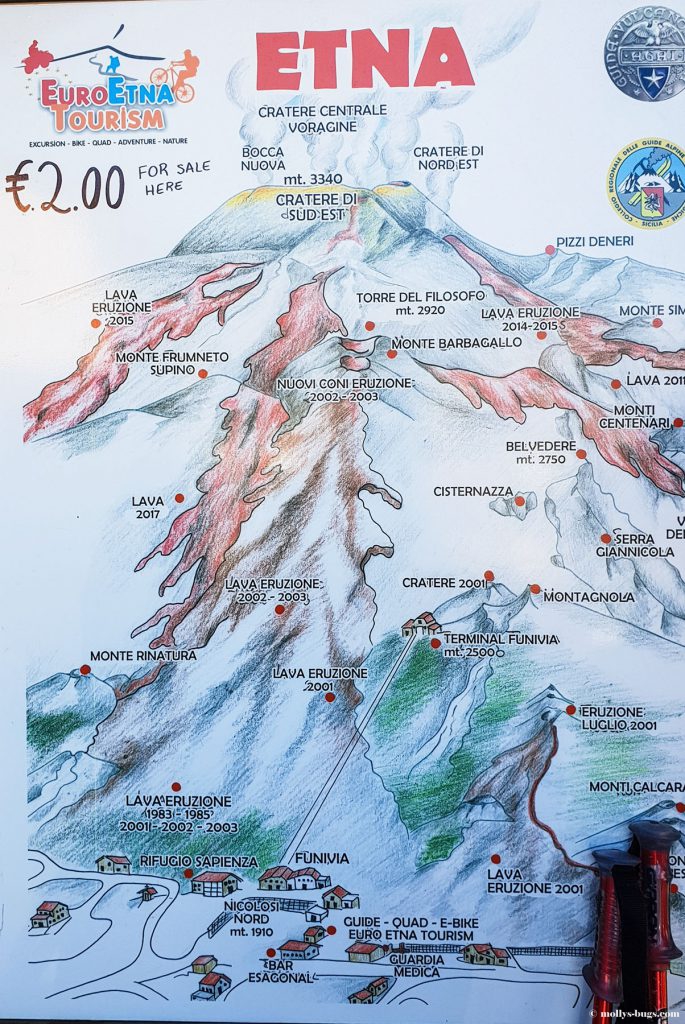
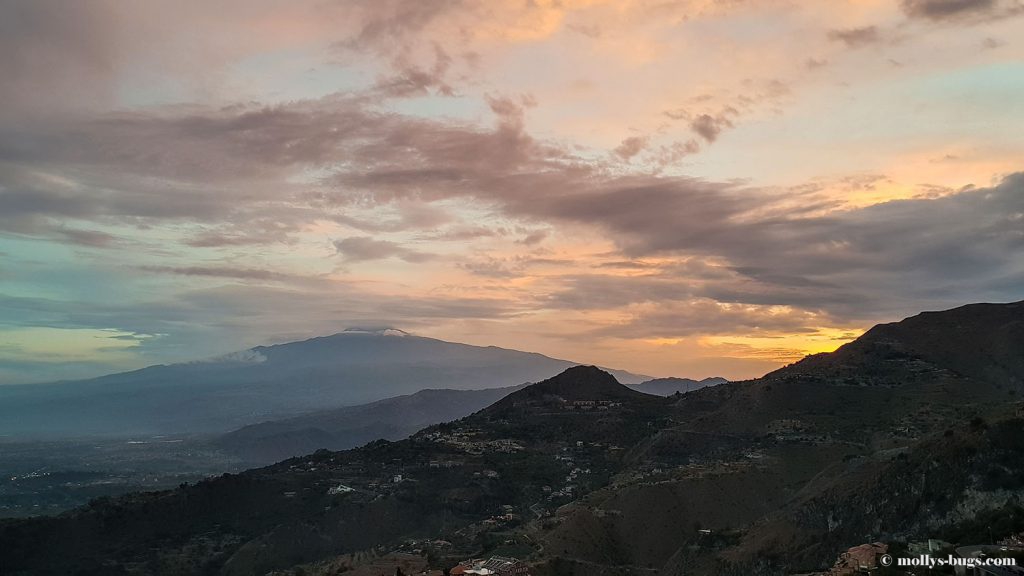
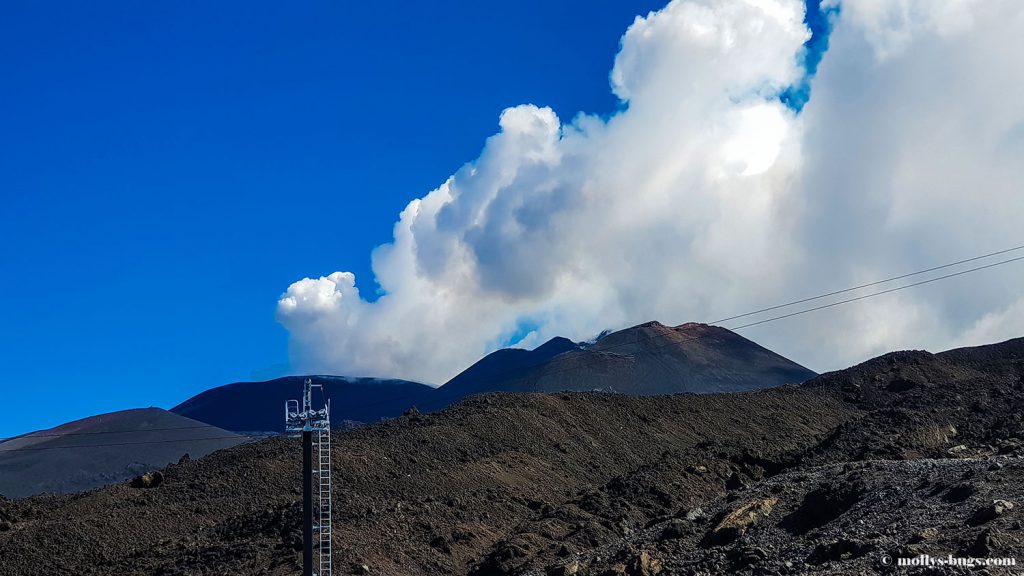
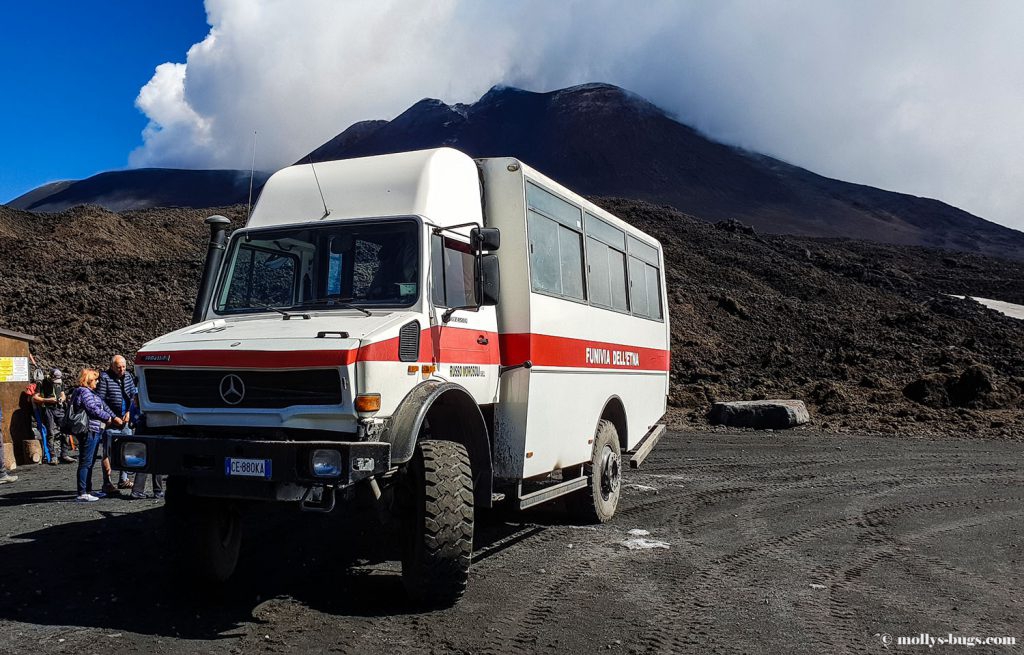
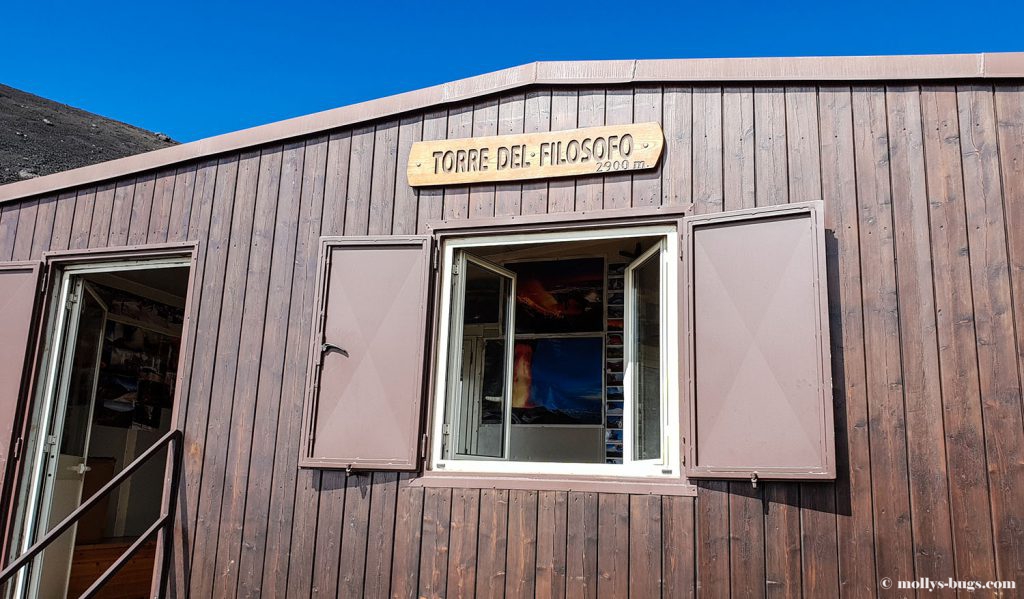
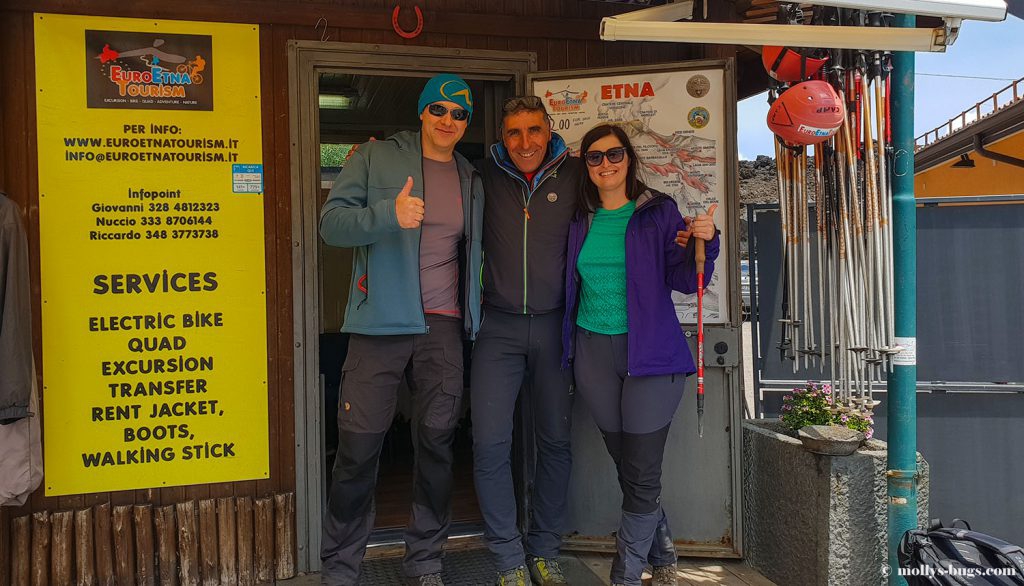
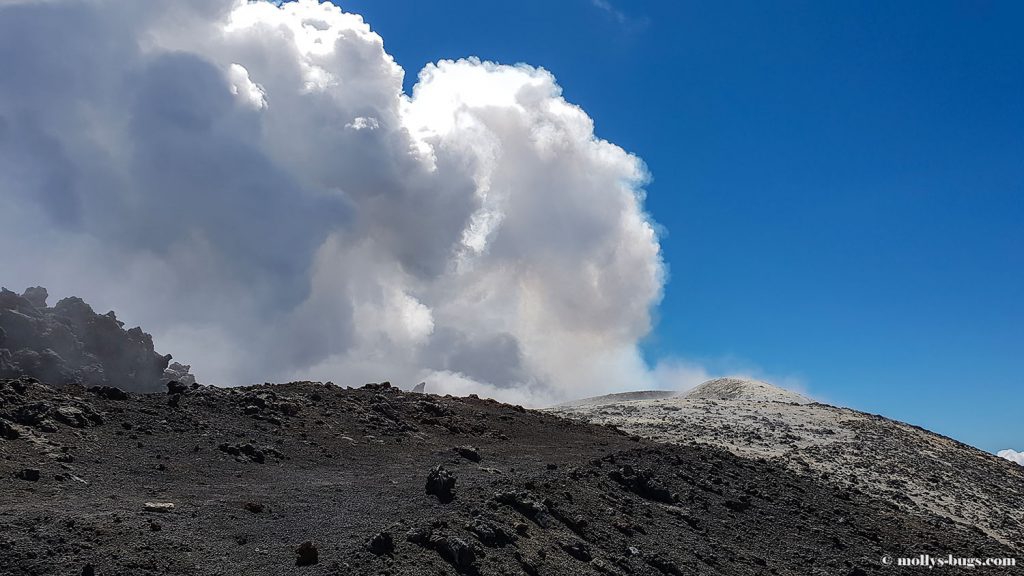
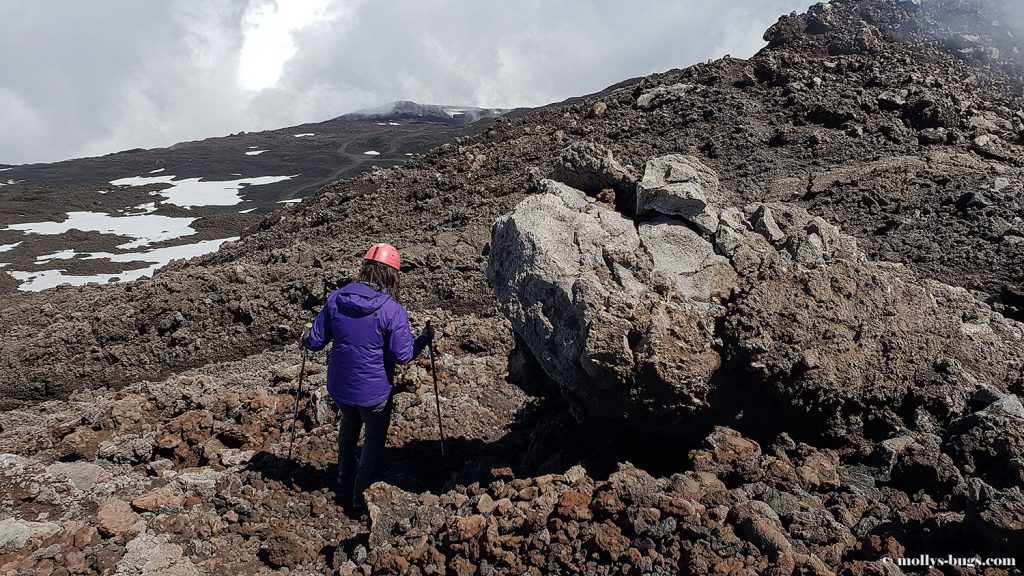
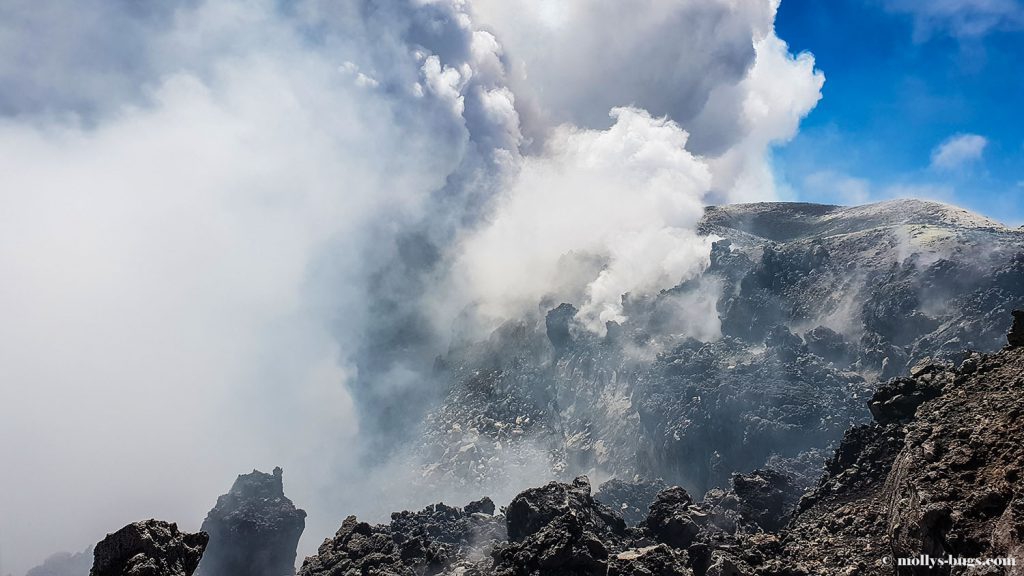
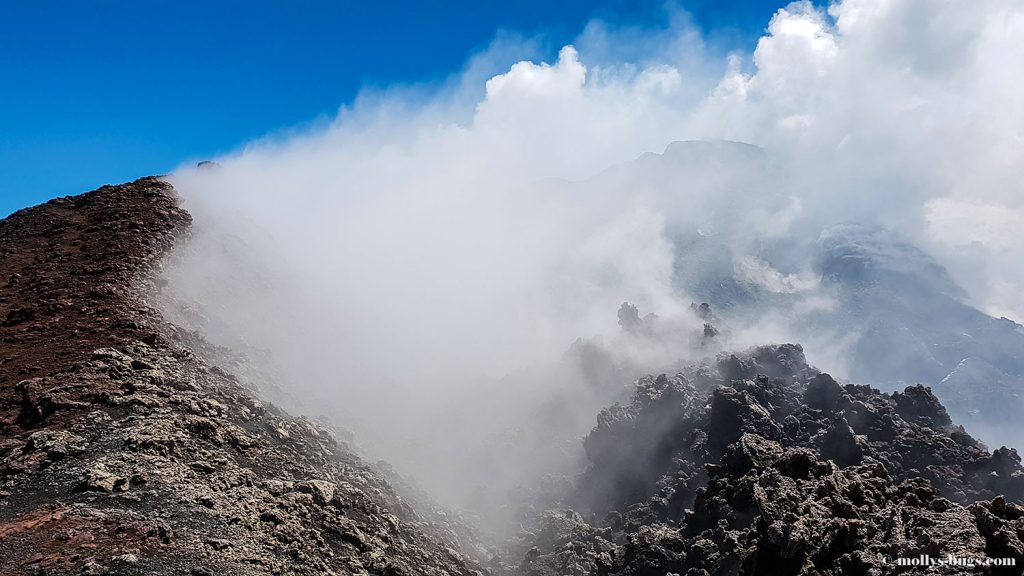
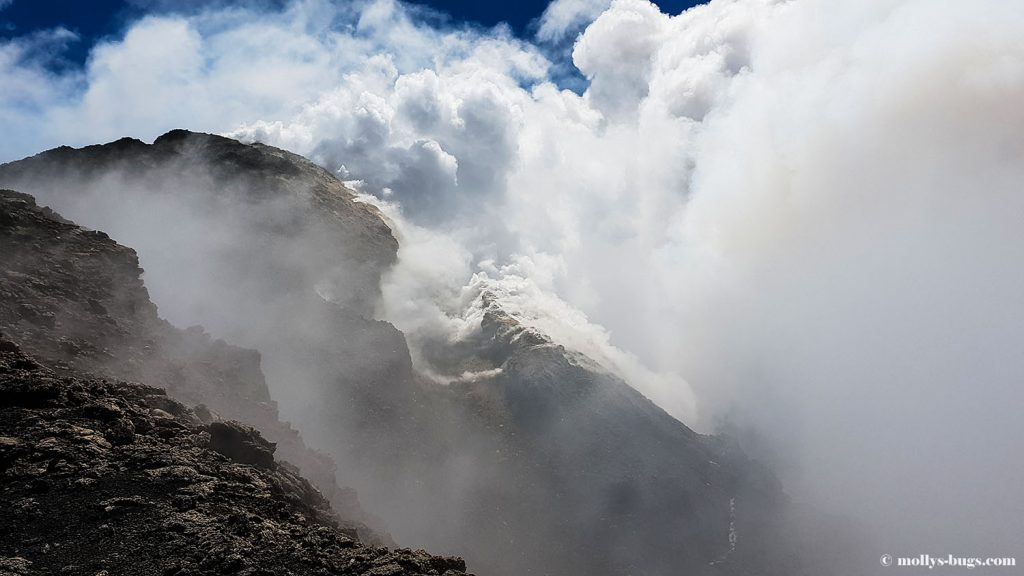
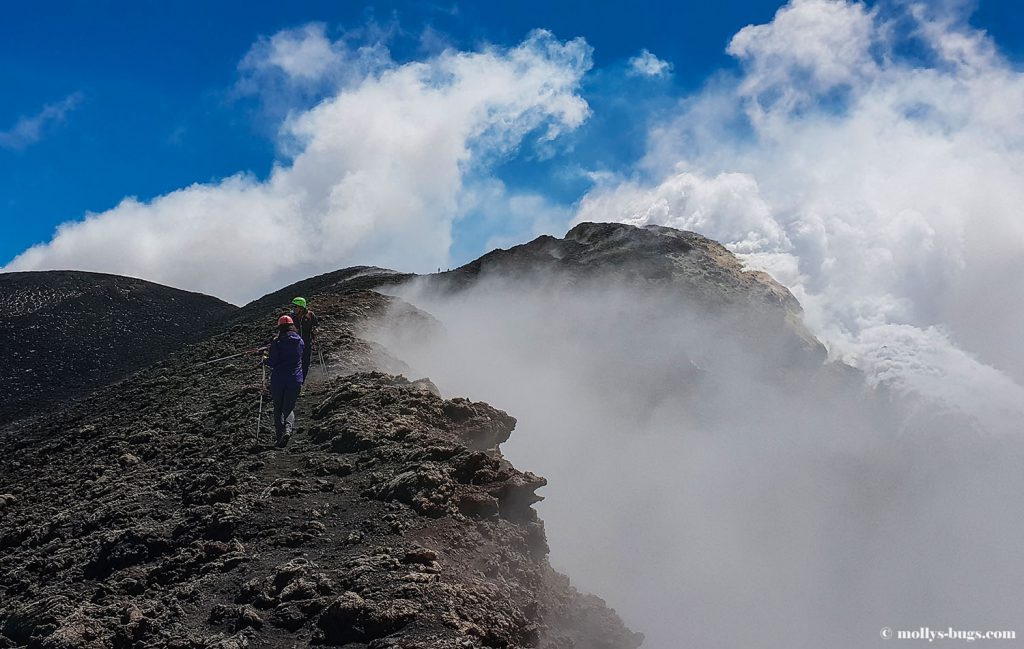
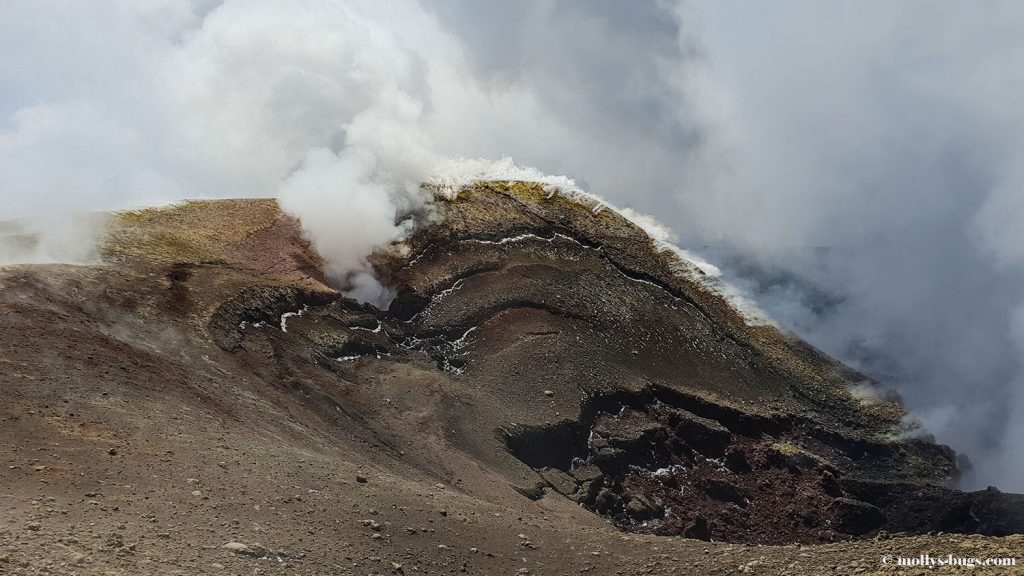
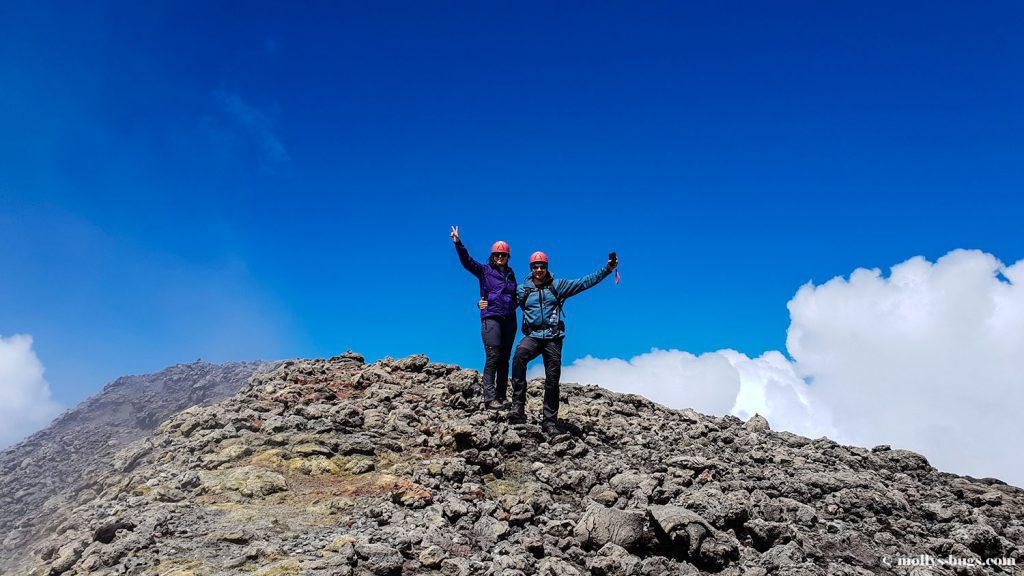
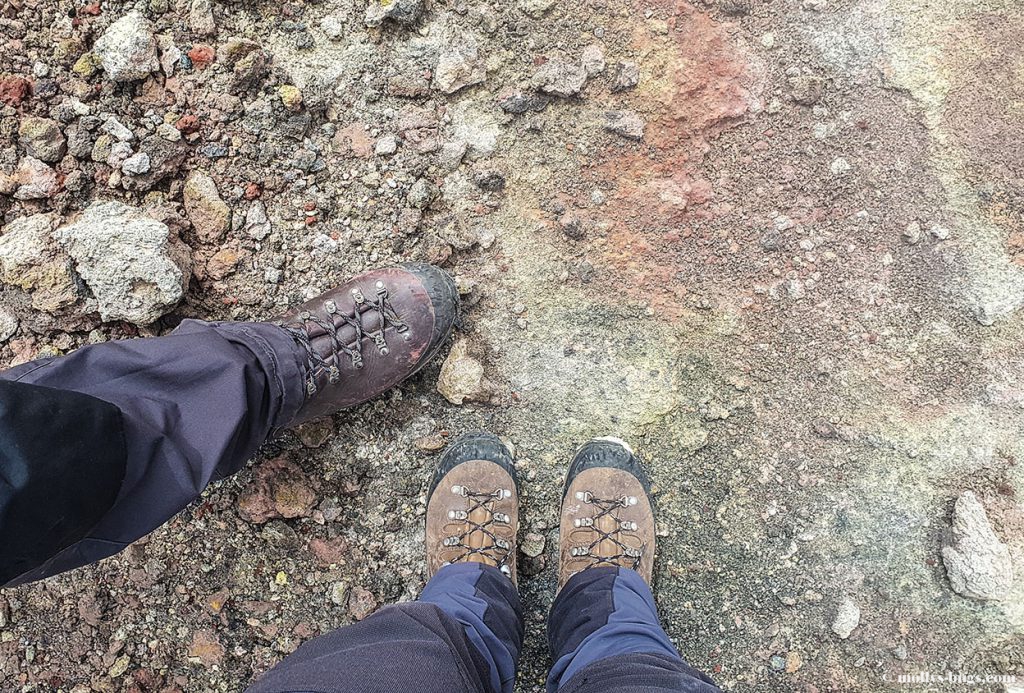
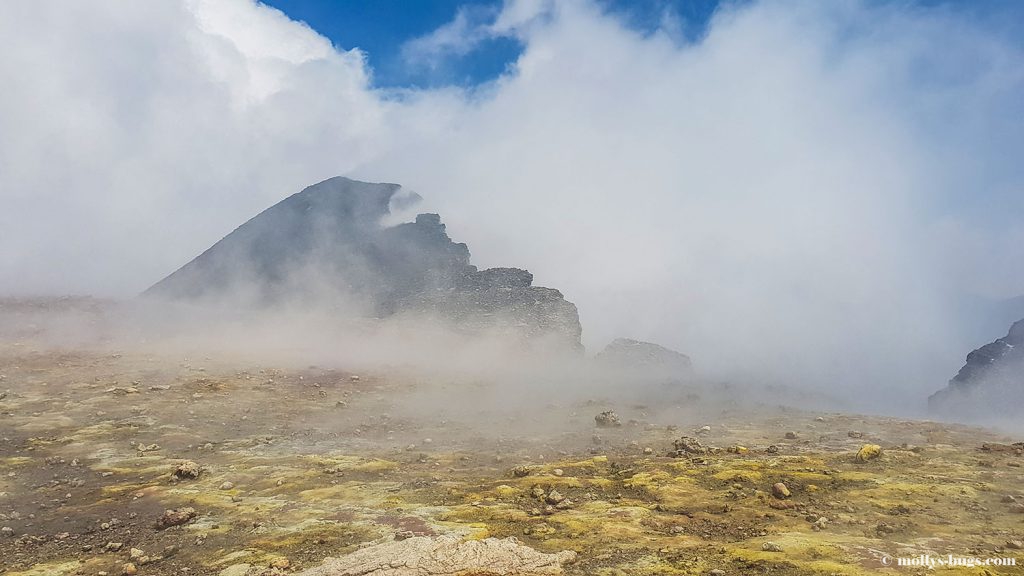
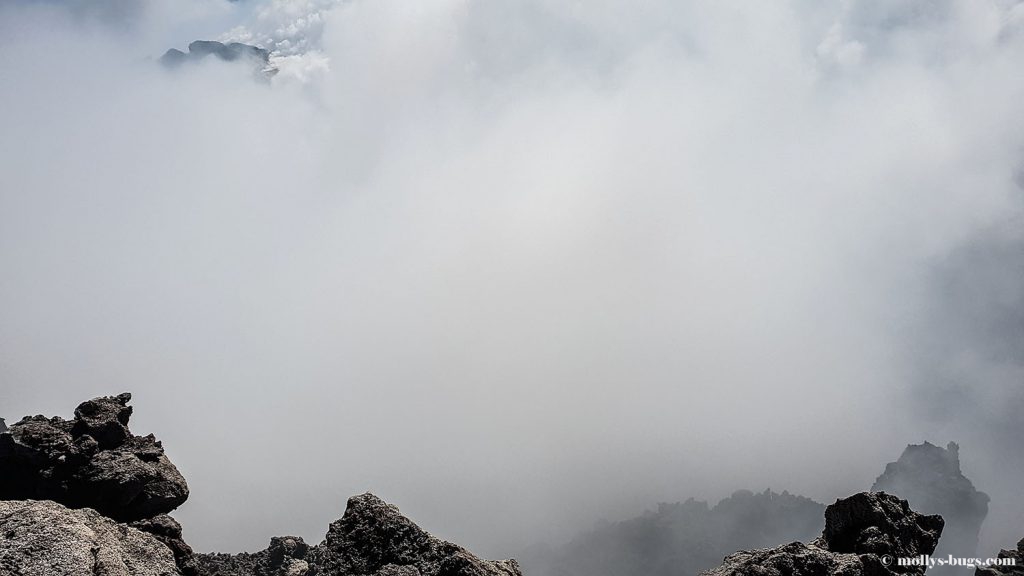
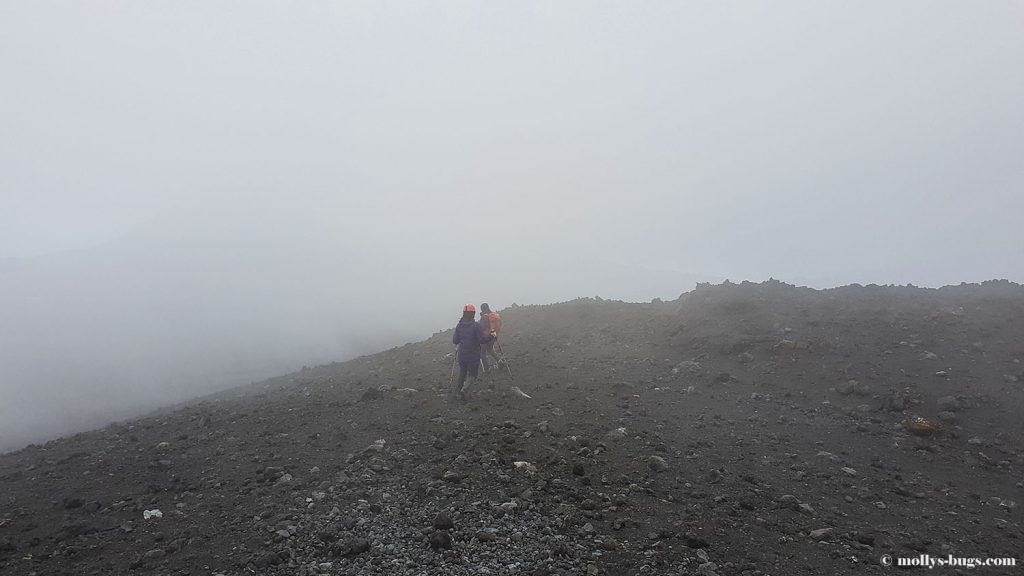
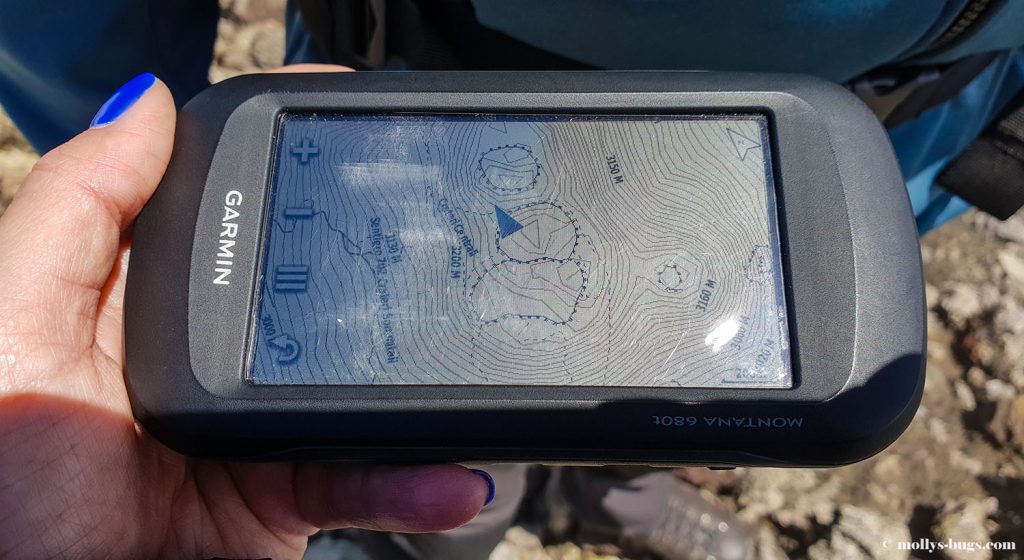
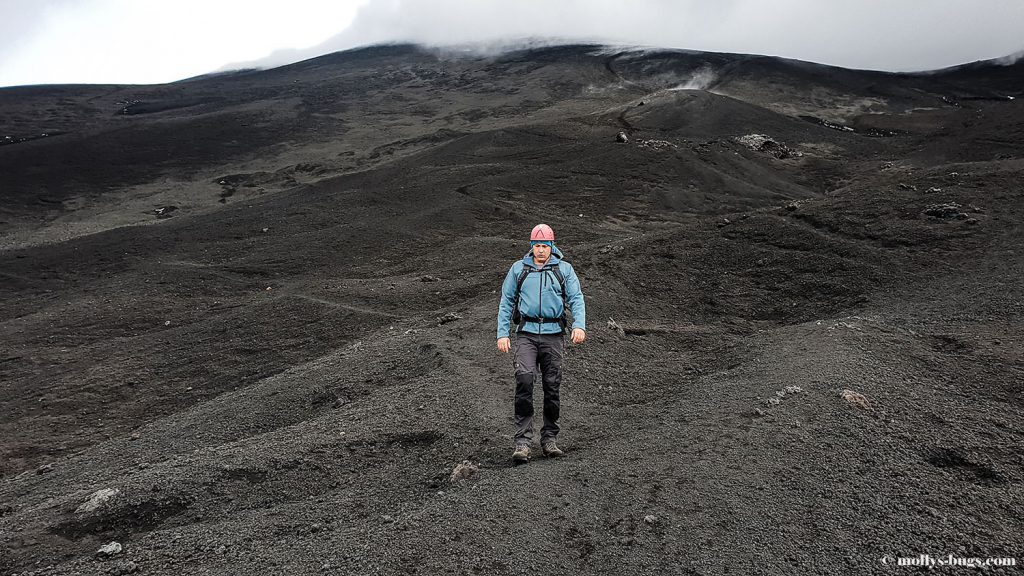
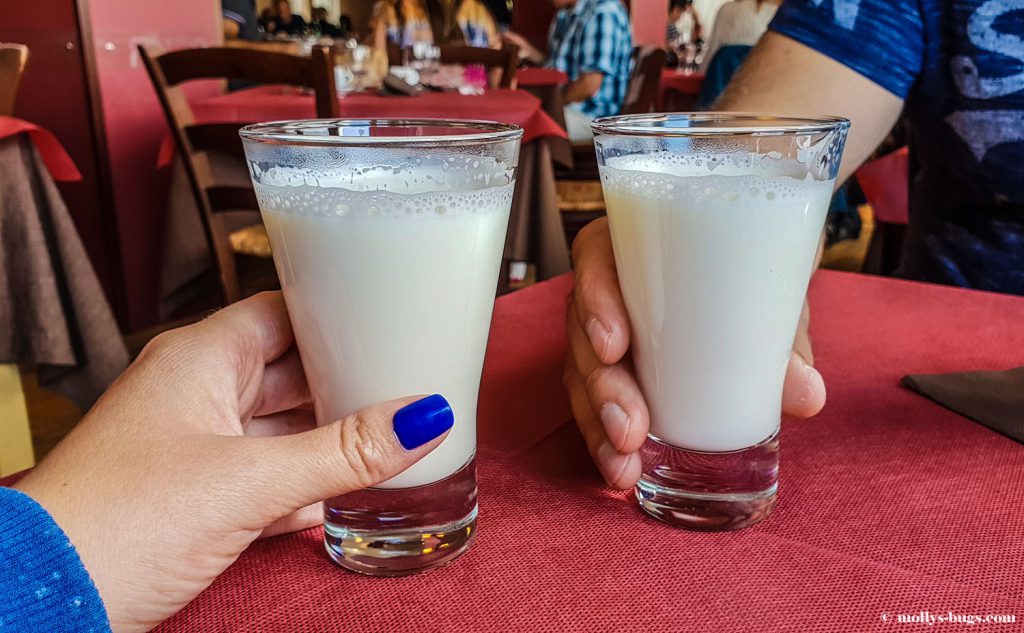
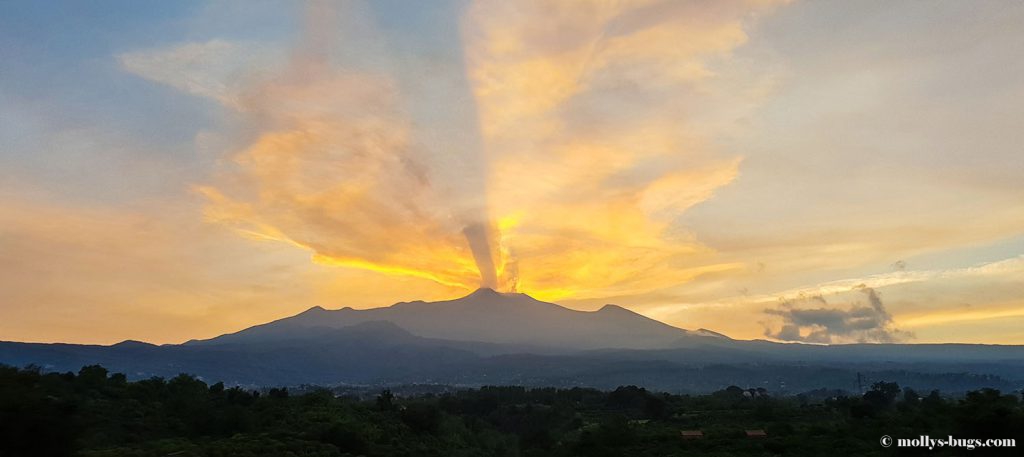





Leave a Reply